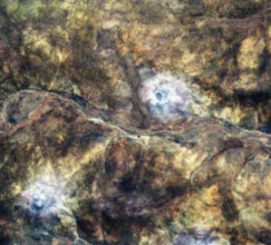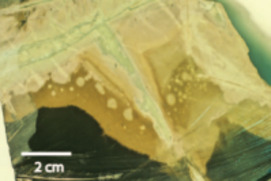Metamorphic Fluids and Global Environmental Changes
Carbon dioxide is produced by metamorphic reactions in orogenic belts and high-heat-flow systems. Part of this carbon is ultimately released to the atmosphere, but the long timescale of regional metamorphism implies that the short-term effects on the environment are minor. However, contact metamorphism around igneous sill intrusions in organic-rich sedimentary basins has the potential to generate huge volumes of CH4 and CO2, and these gases are rapidly released to the atmosphere through vertical pipe structures. The high flux and volume of greenhouse gases produced in this way suggest that contact metamorphic processes could have a first-order influence on global warming and mass extinctions.
Metamorphic Fluids and Global Environmental Changes Read More »




